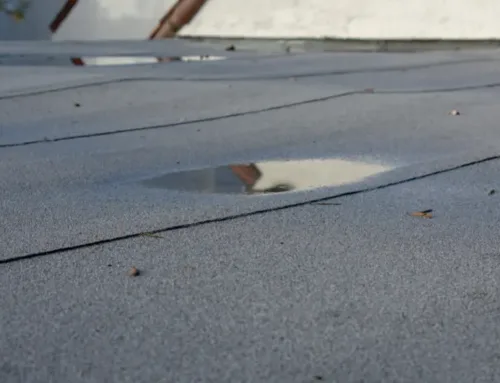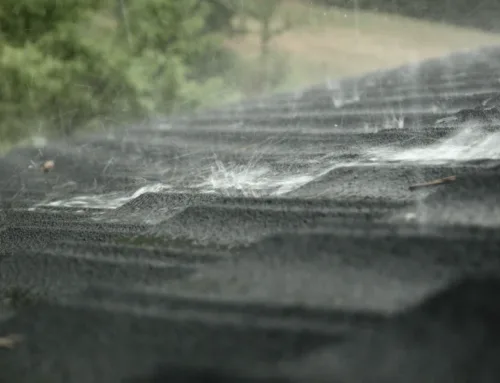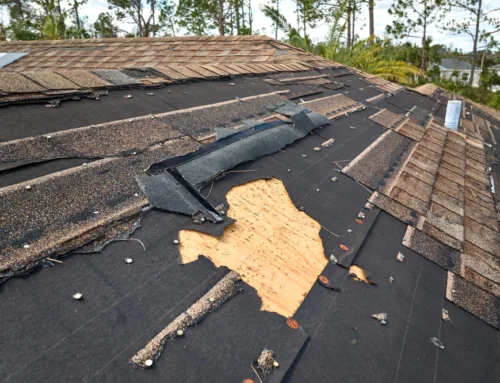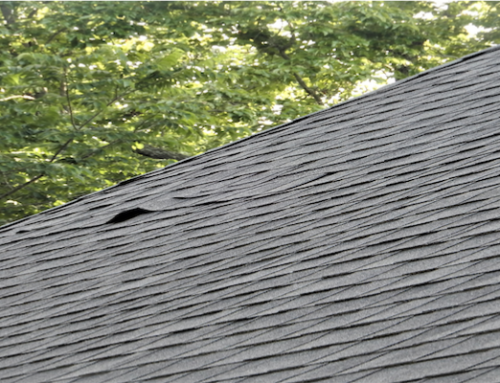
Storm Damage vs. Normal Wear: How to Tell the Difference
Your roof is one of your home’s most important defenses against the elements, but over time, it’s bound to show signs of age or damage. The tricky part is knowing whether those signs are the result of a recent storm or just normal wear and tear. Understanding the difference between storm damage and everyday aging can save you time, money, and stress, especially when it comes to insurance claims or deciding whether to repair or replace your roof. Learn how to tell the difference between storm damage and normal wear so you can make informed decisions about your home’s roof.
What to Look For: Storm Damage vs. Normal Aging
Your roof weathers every season, but not all damage is created equal. Below are the signs that point to storm damage, what counts as normal aging, and how to assess the condition of your roof safely and effectively.
Signs of Storm Damage
Storm damage to your roof is usually more sudden and severe than typical wear. Here are a few things to watch for after a major weather event:
- Missing or lifted shingles: High winds can lift or tear off shingles completely, leaving sections of your roof exposed to the elements.
- Granule loss in patches: Hail can knock off the granules that protect asphalt shingles, especially in concentrated areas. You might notice bald spots on your shingles or granules collecting in your gutters.
- Dented or cracked shingles: Hail or flying debris can cause impact marks or cracks, especially on older shingles.
- Leaks and water spots inside your home: If you suddenly notice water spots on your ceiling or walls following a storm, your roof has likely been compromised.
- Damaged flashing or gutters: Wind or debris can bend or loosen flashing around chimneys and vents, or damage your gutters, leading to water issues.
After a major storm, it’s always a good idea to inspect your roof from the ground or call a professional roofer for a proper assessment.
Signs of Normal Wear and Tear
Every roof ages over time, even without any extreme weather events. These signs usually appear gradually and are the result of ongoing exposure to sun, rain, and changing temperatures:
- Curling or brittle shingles: Shingles may curl at the edges or become brittle with age. This is often due to sun exposure and loss of the protective oils in asphalt shingles.
- Even granule loss: Unlike hail damage, normal granule loss occurs evenly across your roof as the shingles slowly degrade.
- Fading color: UV rays can bleach out your roof’s color over the years, and while it’s a purely cosmetic issue, it’s still a sign of an aging roof.
- Small cracks over time: While not caused by sudden impact, slow-forming cracks from expansion and contraction can occur.
- Sagging roofline: This may be a sign of long-term structural aging and can suggest that your roof is nearing the end of its lifespan.
Normal wear doesn’t usually require immediate action unless the damage is widespread or your roof is over 20 years old.
How to Safely Address Damage
While it might be tempting to climb up and check on your roof personally, this can be dangerous, especially if your roof is steep or wet. Instead, you can look for these signs from the ground:
- Check for shingles in the yard after a storm.
- Use binoculars to look for irregularities or missing shingles.
- Inspect your attic and ceilings for any signs of moisture or staining.
When in doubt, call a trusted roofing professional. They’ll perform a detailed inspection and help you determine if the damage was storm-related or simply due to age.
Call Alliance Roofing for a Professional Opinion
If you suspect storm damage or you’re not sure whether your roof’s wear is normal, Alliance Roofing is here to help. Our experienced team specializes in residential roofing, including inspections, repairs, and replacements. We’ll give you an honest evaluation, help you understand your options, and assist with the insurance claims process if storm damage is confirmed. Don’t wait until a small issue becomes a costly problem. Contact Alliance Roofing today for a free estimate and expert advice you can trust.









